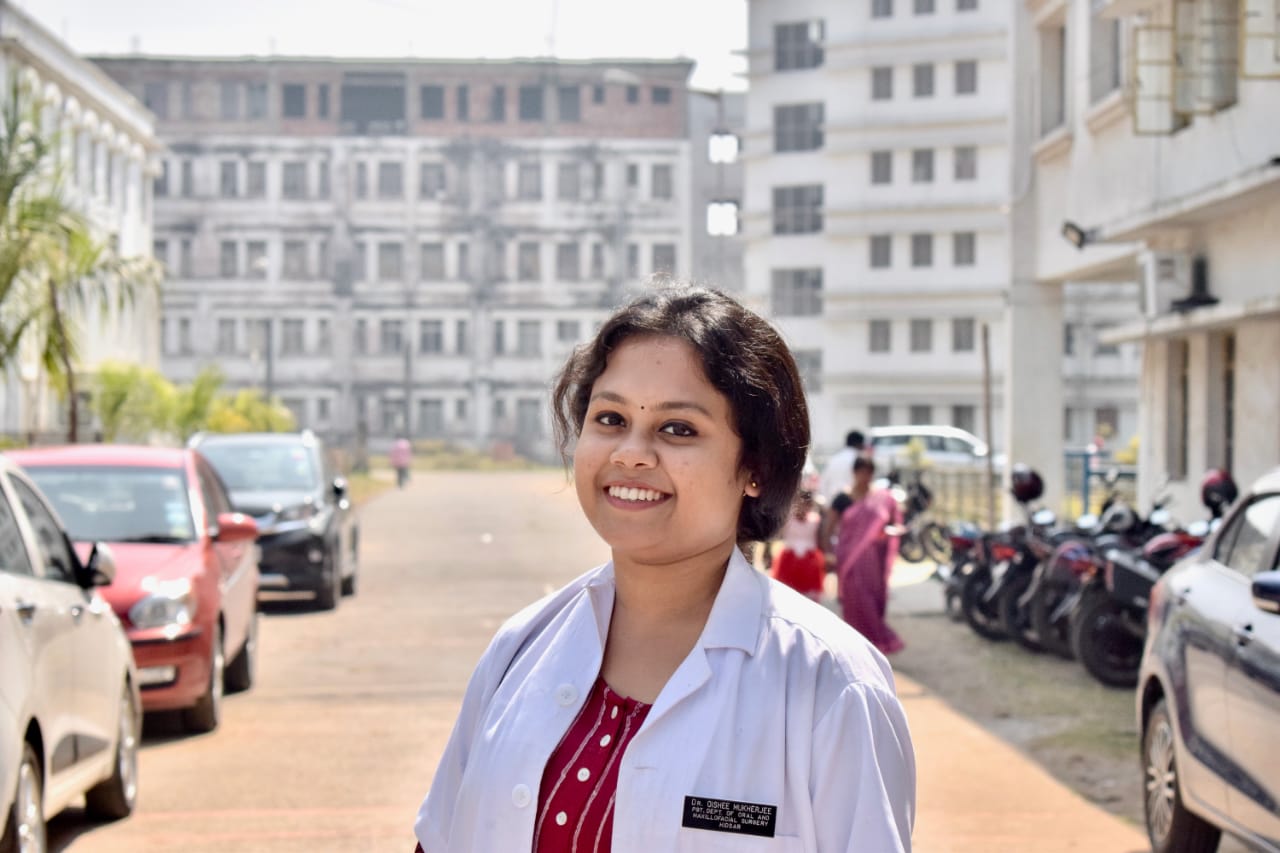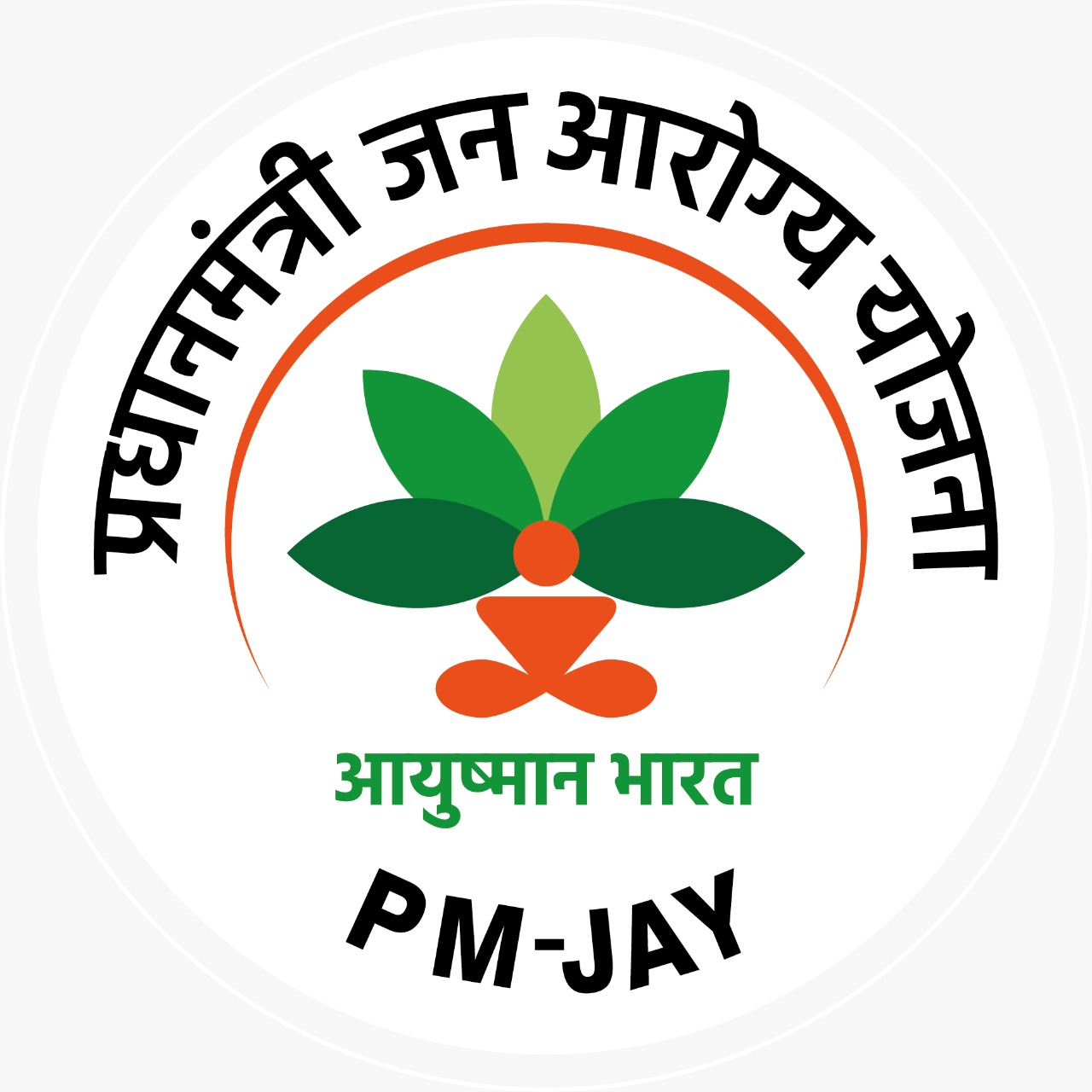It is critical to make health a fundamental right and thus ensure that in the next
two years each sub-division should have a well-equipped hospital
 Dr. Oishee Mukherjee I INFA Service
Dr. Oishee Mukherjee I INFA Service

Health care comes into sharp focus this General election. While the BJP alreadyhas its ambitious Ayushman Bharat scheme in place, the Congress has sought to counter it by promising ‘Right to Health Care’ in its 2019 manifesto. This is incontinuation of the rights- based laws enacted under the Manmohan Singhgovernment, such as Right to Education and Right to Information, which weremilestones in the history of public welfare in India.
‘Three things we are considering for our manifesto’, said Rahul Gandhiwhile interacting with health care professionals in Chhattisgarh, before the pollswere announced. ‘Right to health care’ which will guarantee a certain minimum health care to all Indians, increasing the expenditure on health to 3 per cent of the GDP and training doctors and health care professionals”, he added was theparty’s “top priority”.
To recall, Modi government had launched the Pradhan Mantri Jan AarogyaYojana, last September. However, health experts including those in publichospitals pointed out that this does not cover the cost of outpatient services(OPD), diagnostics and medicines — the biggest source of patient expenditures.

Hence, the Congress seeks to improve on it and commits that health careprofessionals would work out an effective model for the right to health care.
Its justification being in its belief that be it any government, it has to do threethings — “one, fix the problem, two, provide low cost, high quality educationand three, ensure that people are protected as far as health care is concerned”.
And while time will tell whether Congress will get an opportunity to fulfil itscommitment. The Centre and some States are trying to improve the presenthealth facilities. A decision has been taken to allow dentists to practice generalmedicine, in view of the acute shortage of doctors in the country. It is said thatthe first two years of MBBS and BDS courses are more or less the same, andthe decision may to some extent help tackle doctors’ shortage, in rural and semi-urban areas.
Then there is Maharashtra government which has recently drafted a bill tocreate special reservation quota up to 10 per cent in undergraduate (MBBS) and20 per cent in post graduate (MD) medical seats for those who give acommitment to work in tribal and rural areas. Candidates must serve for aperiod of seven years immediately after completion of MBBS and for 5 yearsafter completion of MD.
The health care situation in rural Maharashtra is in dire need of over haul.Though there are huge network of 1816 primary health centres, 400 ruralhospitals, 70 sub-divisional hospitals and 26 civic hospitals, these are largelyrendered useless because of lack of manpower. A similar situation prevails insome North Indian States.
In Odisha, the situation in the tribal belt is worse. A new scheme ofincentive policy has been introduced since mid-April in the 1750 governmenthospitals, wherein doctors posted in vulnerable and backward areas are beinggiven maximum incentives.
In Jharkhand, where 65 per cent of women are anaemic and cases of vectorborne diseases like malaria, kala azar and Japanese encephalitis are above thenational average, the shortage of doctors in rural areas remains. Though threenew medical colleges have come up during 2017-end at Palamau, Dumka andHazaribagh, of the sanctioned strength of nearly 11,000 doctors in State healthservice, 6000 are said to be vacant. Obviously, this is because doctors do notwant to work in CHCs and even in district hospitals.
Similarly, in Uttarkhand, medical students do not honour terms of the bondsigned to work in rural areas. Recently, the State’s medical educationdepartment issued legal notices for recovery of money to 383 doctors for notkeeping their commitment.
It is a well-known fact that resources allotted to health are quite meagre. While10.6 per cent of the total amount in the Interim Budget is allocated to defence,only 2.2 per cent was given to healthcare. Funding need not be redirected fromcurrent allocations to preventive care, but surely India can make health spending a priority, much like defence. Despite several innovations in the healthcaresector in recent times, the Government remains woefully short of its ambition toincrease public health spending to 2.5 per cent of GDP. At present, healthspending is even below 1.5 per cent of GDP.
Last year, it was announced that nearly 1.5 lakh health and wellness centreswould be set up under Ayushman Bharat, with the mandate of preventive healthand community-based management of basic health problems. But this shouldhave included health education and holistic wellness integrating modernmedicine with traditional Indian medicine, which is not the case. Bothcommunicable disease containment as well as non-communicable diseaseprogrammes should be included. An estimated ₹250 crore has been allocated for setting up health and wellness centres under the National Urban Health Mission while the National Rural Health Mission received ₹1,350 crore.
The amount is undoubtedly meagre considering the increase in both population and diseases in recent years. Malnutrition and under nutrition have added to the problem as directly or indirectly these relate to health problems. On the other hand, in urban India the over dependence on fast food has aggravated diseases like obesity, diabetes and even cancer. In 2017, dietary risks were the second biggest factor behind deaths and disabilities in 2017 in the country, close on the heels of malnutrition.Dietary risks also increased by 35 per cent in a decade since 2007 when itranked fourth after malnutrition, air pollution and the risk of water, sanitation and hygiene (WASH).
In spite of all this, the allocation for the non-communicable diseases programmeof the National Programme for Prevention and Control of Cancer, Diabetes,Cardiovascular Diseases and Stroke has been allocated just ₹175 crore, which is much less, or as estimated by experts, to be even 50 per cent of the actual need.
While the rich and the middle-income sections have the financial means for treatment, the poor and even the low-income sections cannot carry on with suchtreatment after a period of time, or some can’t even start it.
Whichever government comes to power, must make a note that as the nationcelebrates the 150th birth anniversary of Mahatma Gandhi, it is critical to makehealth a fundamental right and thus ensure that in the next two years each sub-division should have a well-equipped hospital. It must realise that only a healthypeople can ensure a healthy nation.




